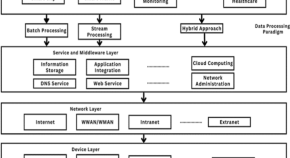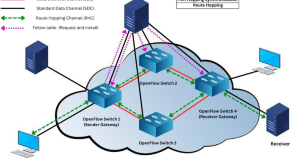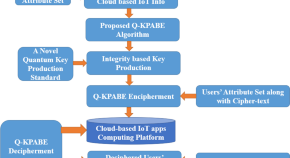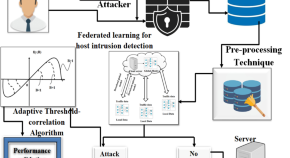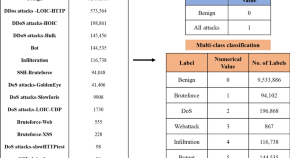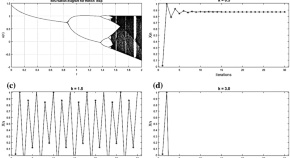Energy-Optimization Route and Cluster Head Selection Using M-PSO and GA in Wireless Sensor Networks
Authors (first, second and last of 5)

Collection
Faculty of Information Technology, City University, Petaling Jaya 46100, Malaysia Email: sb.goyal@city.edu.my, drsbgoyal.cu@gmail.com Google Scholar: https://scholar.google.com/citations?user=gqb9u7UAAAAJ&hl=en&oi=sra
School of Computer Sciences and Engineering, Sandip University, Nashik 422213, India Email: dranandsrajawat@gmail.com Google Scholar: https://scholar.google.com/citations?user=s5Eh414AAAAJ&hl=en
Artificial Intelligence and Optimization Research Centre, Faculty of Design and Creative Technology, Torrens University, Sydney, Australia Email: tony.jan@torrens.edu.au Google Scholar: https://scholar.google.com.au/citations?user=hlqE8goAAAAJ&hl=en
Department of Media and Educational Informatics, Faculty of Informatics, Eötvös Loránd University, 1053 Budapest, Hungary Email: chaman@inf.elte.hu Google Scholar: https://scholar.google.com/citations?user=Mn7kzEgAAAAJ&hl=en

